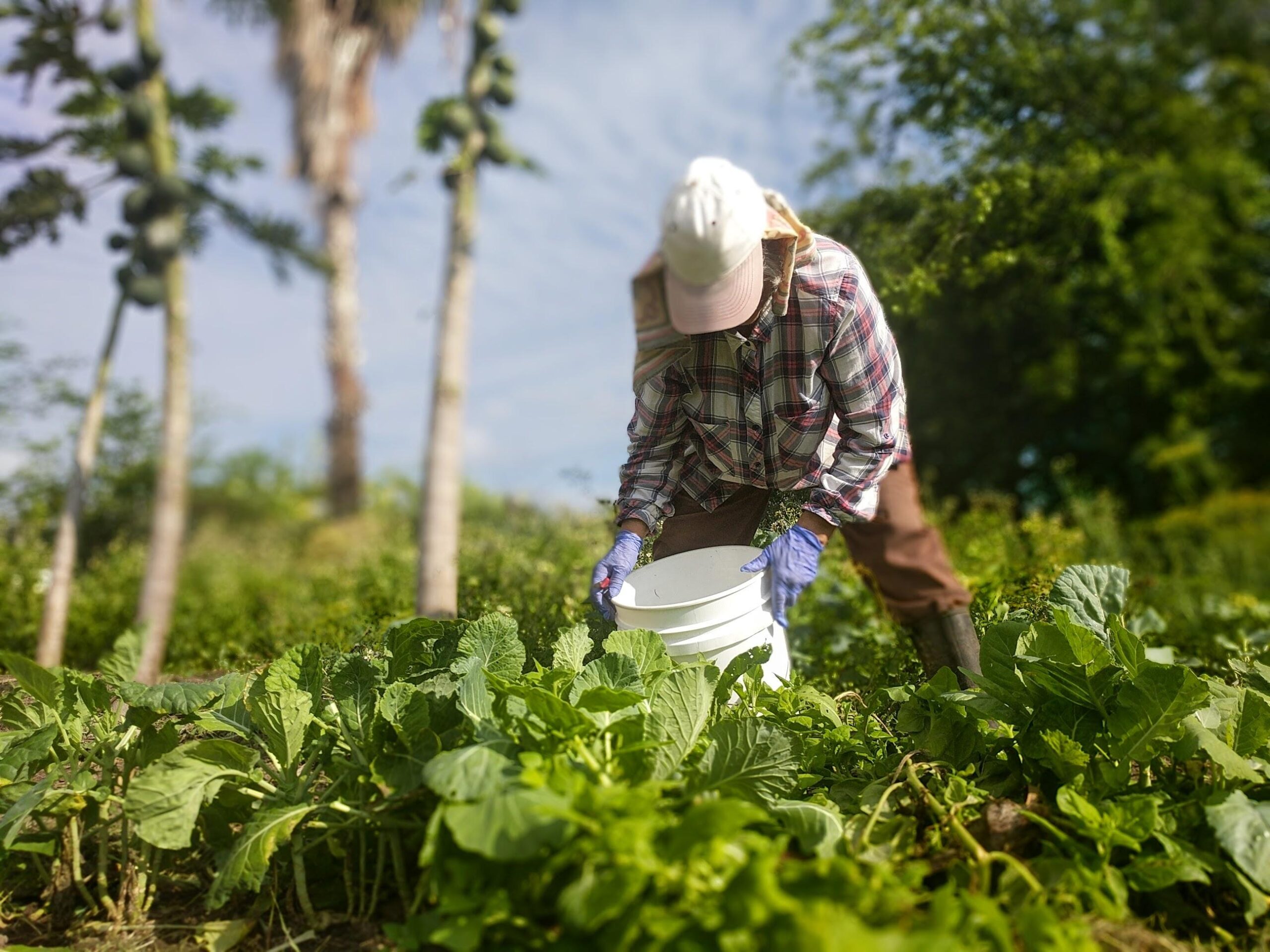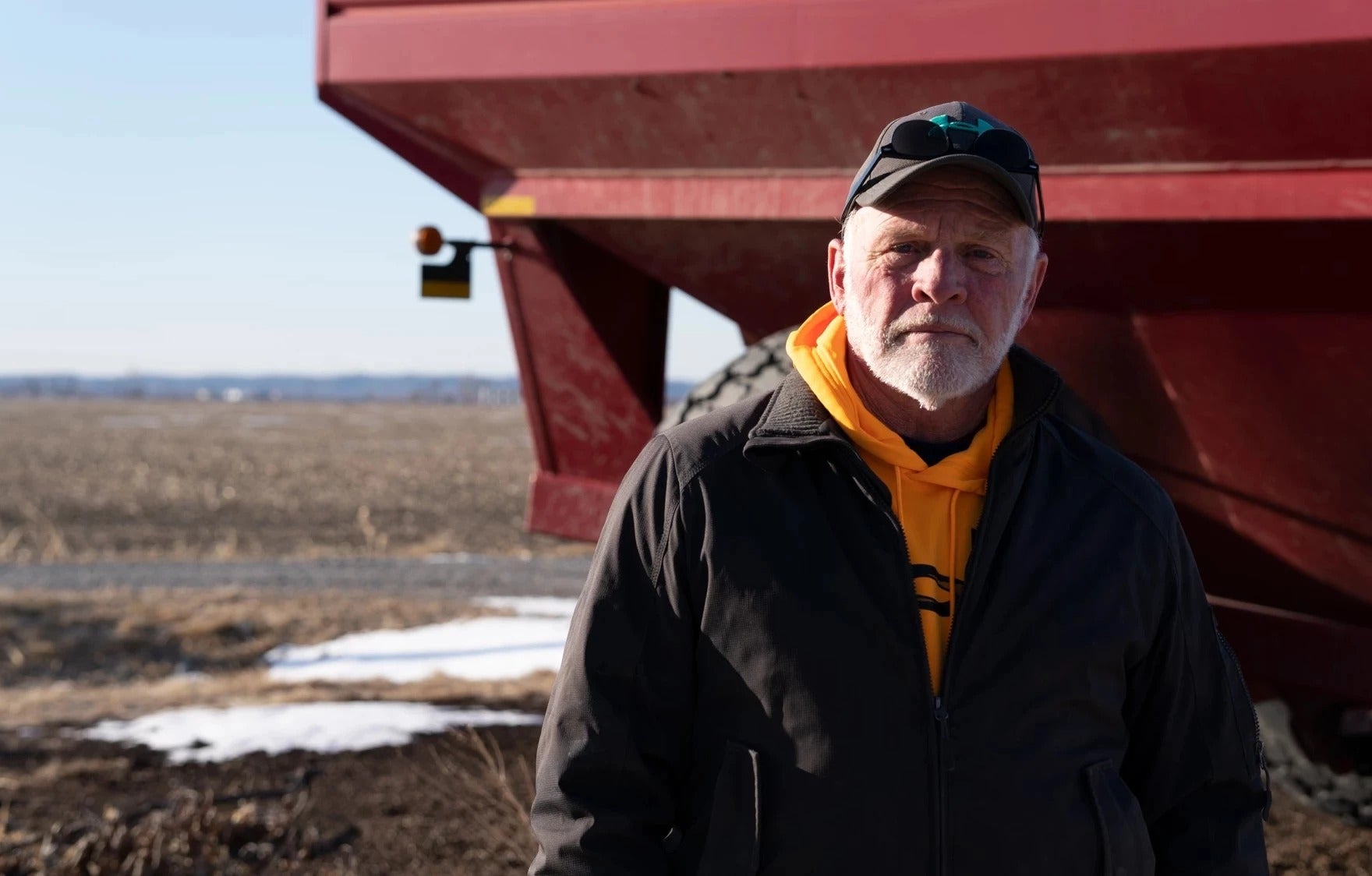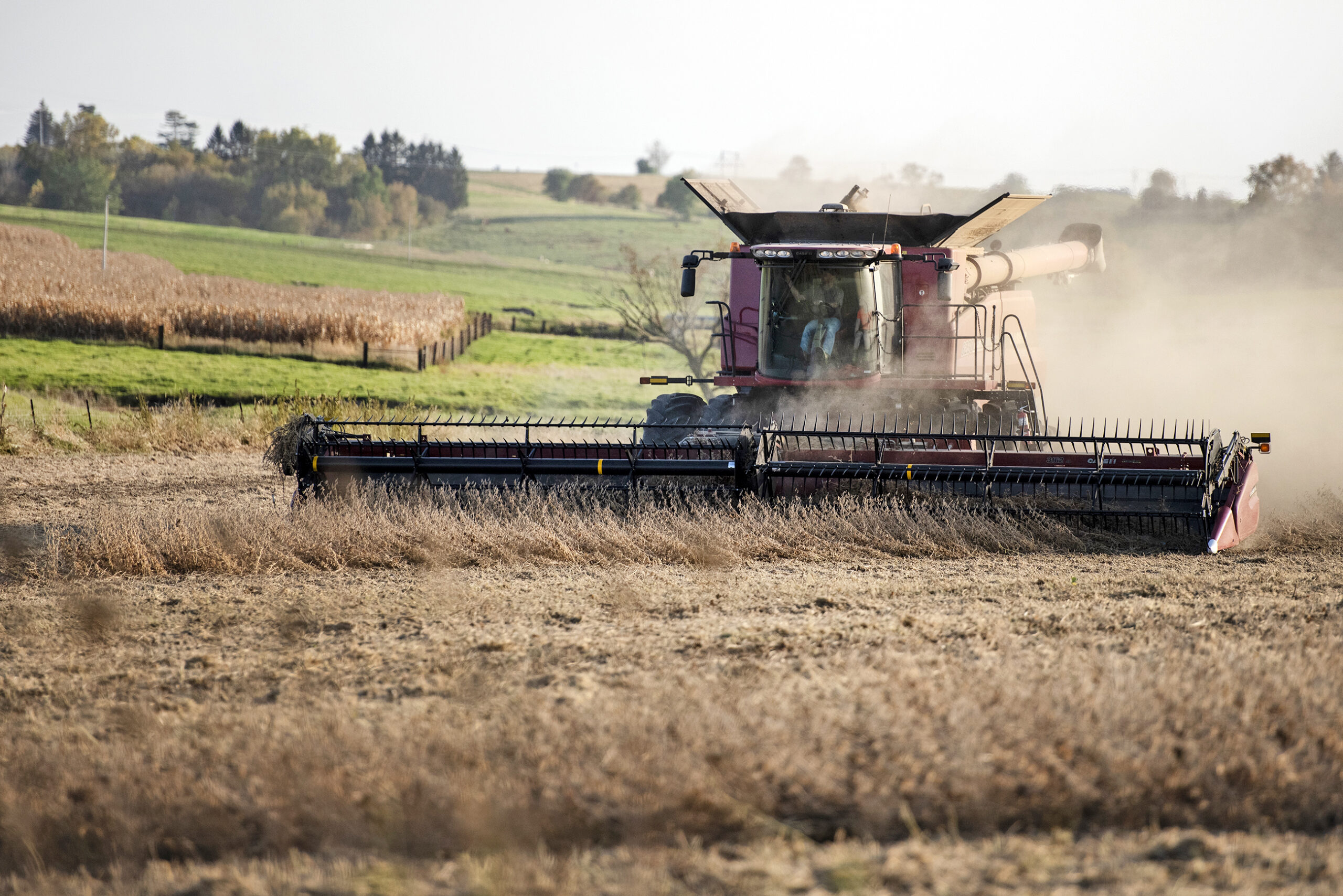As Wisconsin’s planting season gets underway, cuts at the U.S. Department of Agriculture and fluctuating tariffs on foreign trading partners are creating a new level of uncertainty for farmers.
Since President Donald Trump took office in January, the USDA has ended two programs that gave food banks and schools money to buy food from local ranchers and farmers. One of the programs, the Local Food for Schools Cooperative Agreement Program, was used in more than 40 states, according to Politico.
The other program, The Local Food Purchase Assistance Cooperative Agreement Program, was used in all 50 states and provided up to $900 million in funding, according to the USDA and the Office of Disease Prevention and Health Promotion.
News with a little more humanity
WPR’s “Wisconsin Today” newsletter keeps you connected to the state you love without feeling overwhelmed. No paywall. No agenda. No corporate filter.
Kat Becker is the owner and operator of Cattail Organics in Athens, Wisconsin. Her farm participated in both USDA programs ended under the Trump administration. She told WPR’s “Wisconsin Today” that cuts to Agriculture programs at the federal level are impacting her bottom line.
“Right now, we’re trying to pivot and find other markets,” Becker said. “Since it’s really unclear if [the Local Food Purchase Assistance Cooperative Agreement Program] will make it into the state budget [or] if any federal programs will get reinstated, we’re just trying to make the best decisions we can on a week-to-week basis.”
Cattail Organics focuses primarily on growing vegetables, seedlings, maple syrup and herbs. Becker said the uncertainty surrounding funds and costs is taking a toll on farmers in her community.
“As farmers, we know the weather will be uncertain. We know there are things we can and cannot control. But being in a landscape where we aren’t sure what’s happening on a week to week basis, it is hard to make responsible and consistent economic choices,” Becker said. “It’s difficult to be a good business person when you don’t have clear information.”
Becker said rapidly changing economic conditions make it difficult to invest in her farm.
“We want to be conservative with our budget, to make sure our employees are paid and have the hours that we plan to have for them and to make sure our business can be resilient,” Becker said. “We are investing less money into our local economy at this time of year where we would be spending and doing building projects that we planned.”
That lack of clarity has the potential to drive up food prices for consumers.
Jerry Clark is the Regional Crops and Soils Educator for the Division of Extension at the University of Wisconsin-Madison. He said that tariffs and cuts to USDA programs are likely to increase the supply of agricultural products in America. By traditional market logic, an increase in supply suggests prices for an item will go down.
But Clark said the numerous other factors like increased cost in marketing, infrastructure and transportation may ultimately contribute to an increase in prices.
“If it’s going to cost farmers more to [produce] these crops, net farm income drops. Therefore, across the board, there’s less dollars out there to spread around,” Clark said. “You see the market price drop, but that doesn’t mean it’s going to drop what you buy on the shelf, because of all of these other pieces.”







